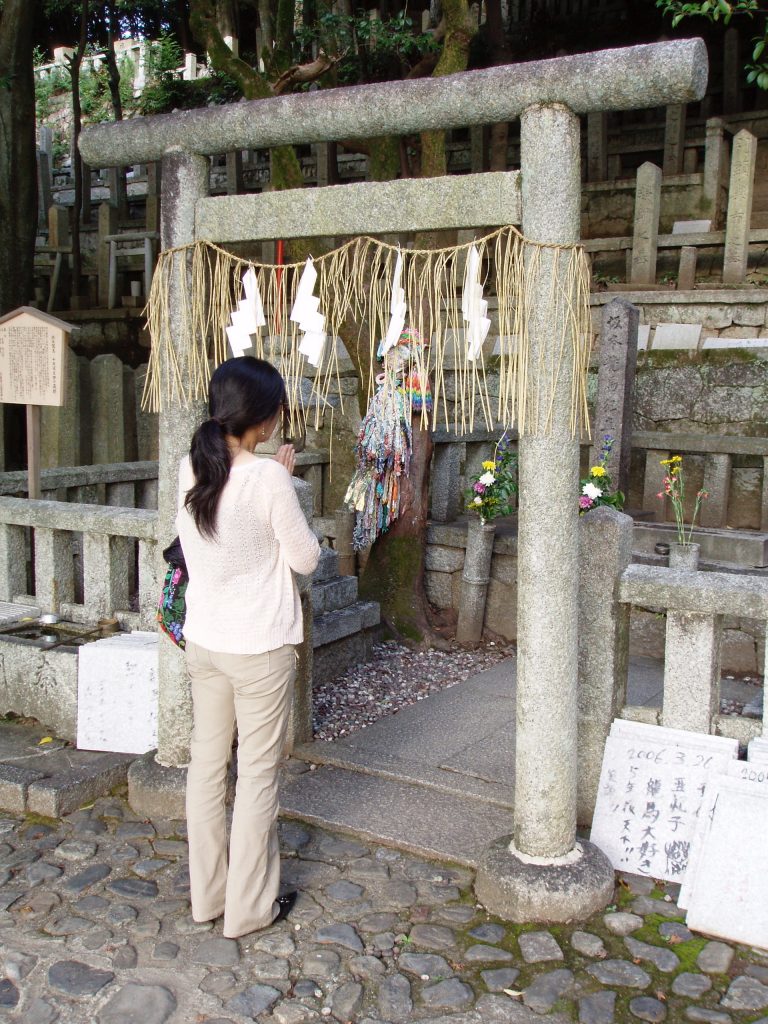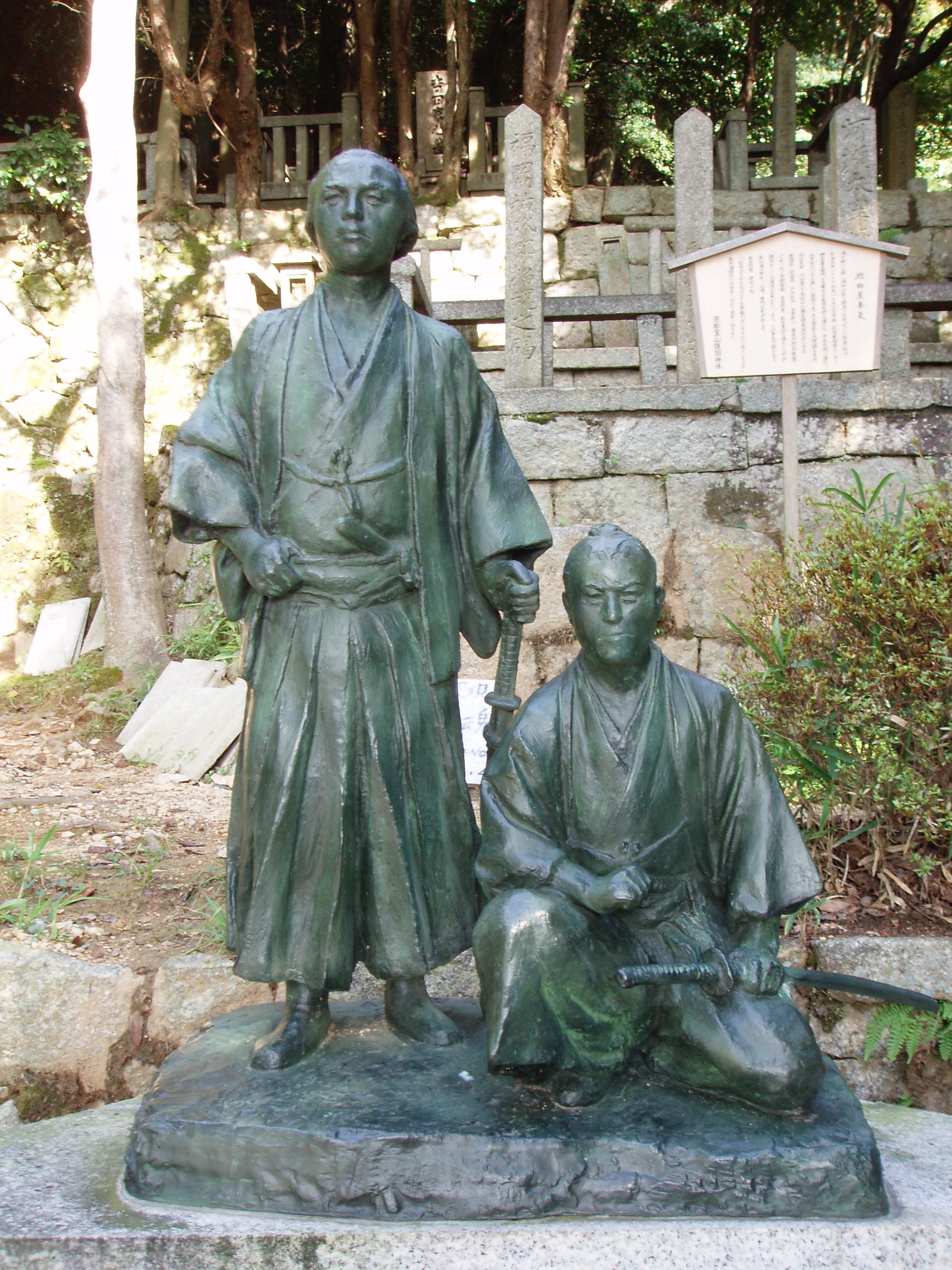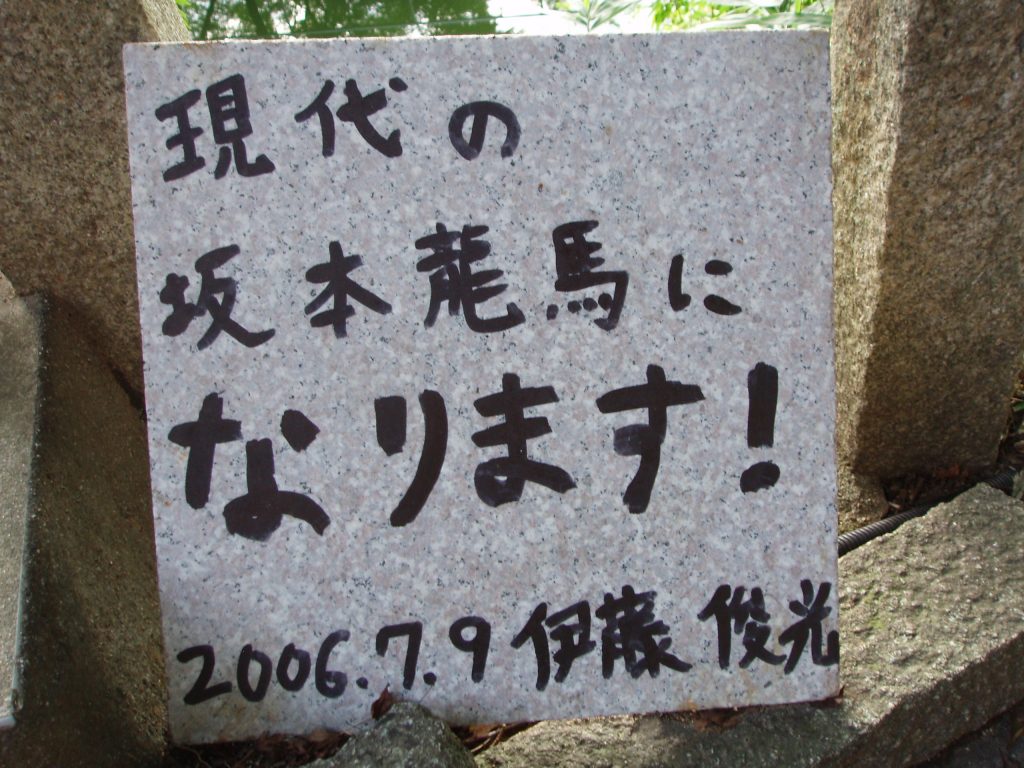Translated By Paul McCarthy And Juliet Winters Carpenter. (526 pages)
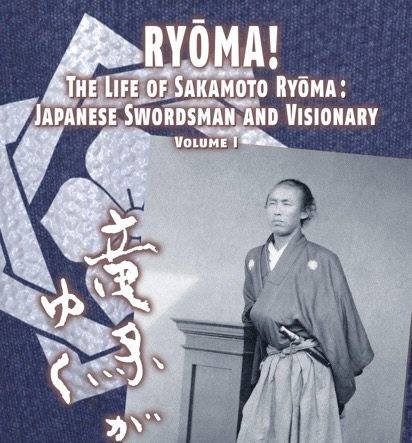
For the first time the bestselling historian Shiba Ryotaro’s most epic tale will be translated for an English readership. Shiba spent many years, eight volumes and thousands of pages to examine in tremendous depth the story of Japan’s swordsman hero, and now the first two volumes are available for readers in a Kindle version (print version coming 2020).
If anyone is unfamiliar with Ryoma, he is the forever youthful and ambitious face of the struggle to overthrow the dominant and often unabashedly treacherous Tokugawa shogunate. In many ways he is viewed even in modern Japan as a perfect hero; strong, committed and willing to sacrifice himself for the greater good.
Here he is often portrayed as a vacillating figure, sometimes silly boy constantly being called, or calling himself a fool, but at other times hinting towards the hero he will become, such as when he announces:
My desire to be of some use to our country in its hour of need. And if I’m to create within myself the kind of man who can stand in the world, I can’t continue to be a human jellyfish.
This first volume, which composes the first two of Shiba’s original books, examines a surprisingly large part of Ryoma’s life. The story begins with his youth in Kochi, on through his sword and kendo training in Edo and goes all the way up to his criminal escape from Shikoku to travel without the permission of authorities in 1863.
Both McCarthy in the first part, and Carpenter taking over in the second, do a rather masterful job of translating an enormous amount of factual information that could have at times come across as just an overload, but instead continually feels like our grand teacher Shiba’s kind voice as he tells us, his students, all the various tales of this grand figure of Sakamoto Ryoma. The book in many ways feels like it owes much to an oral type of storytelling, where the speaker bounces around a bit, reminded of a different story in the midst of the main one, while all the time keeping the goal of entertaining the listener or reader well in mind, as shown in the quote below, where Shiba interrupts the progress of his own story to throw in additional information, as if it had suddenly struck him:
When one considers how these two domains of Aizu and Satsuma were on opposite sides at the time of the Meiji Restoration, with Aizu supporting the shogunate and Satsuma the imperial court, and how they fought against each other in the last major battle of the civil war, one realizes that history is sometimes far more dramatic than any novel. (I trust the reader will excuse this long aside.)
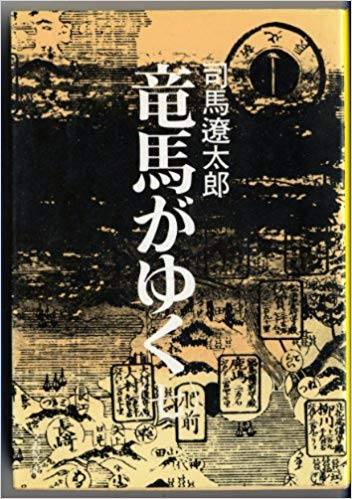
Even those readers who haven’t or are unable to read the original Japanese can very quickly tell what type of writer Shiba was. That being one who was expertly researched and informed, but not overly serious about the whole thing. Again, thanks to our translators here, Shiba’s voice becomes quickly recognizable.
Many readers may even be surprised at the many jokes and humorous tales contained within this history. At times Ryoma is certainly a superhero of sorts, (even Christlike possibly) and much like Spiderman attempts to find his place in a world of good and evil, and sometimes wanting to just ignore the whole thing as being all too difficult. However, at other times Ryoma is a farcical character, like a young man from a slightly bawdy teen sex romp, where he stutters and fumbles his way through encounters with at least four different women with whom he immediately falls in love, then doesn’t know what to do with. Maybe a good comparison, though older than Ryoma, would be the classic Japanese film character of Tora-san. Many of Ryoma’s meetings with women have the same hopeless, helpless, comical feel of the nearly 50 Tora-san movies released in the second half of last century (though, spoiler alert, Ryoma is at least some of the time more successful in his attempts at love).
For anyone off put by the size of this book, or the idea of starting something that will, when finished, easily take up 2000 pages; this first volume is a great starting point. Not only does it end with a marvelous cliffhanger, but it feels complete in and of itself in many ways. While most readers will likely be waiting to hear word of the next volume’s release date, the book stands alone teaching an enormous amount about the man and the history of that incredibly important turning point in Japanese history. Maybe just this one volume will be enough, though more likely, like your humble reviewer, you’ll want to read all of the future volumes.
So, to finish off, this work is highly recommended for anyone with even a casual interest in Japanese history. When in print, this will undoubtably be the type of work that will be needed to fill out any library, public or private, of those of us in love with stories of the modernization of the land of the rising sun, or those who love a story of a single man armed with only his own hands and a sword, who knows that it is up to him to change the world.
********************
Photos by John D of Ryoma’s grave at Ryozen Gokoku Jinja on the Eastern Hills, up past Kodai-ji.
